Windscreen for microphone: purpose and materials of manufacture
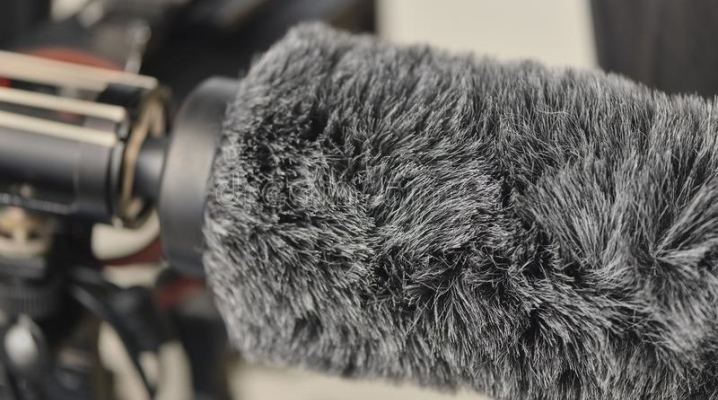
The windscreen is a microphone accessory essential for any sound engineer. It is indispensable neither at recording studios, nor at street "live" performances of performers, nor at live broadcasts of all kinds, where singers, musicians, orators can perform.
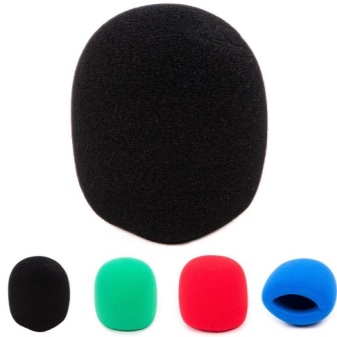
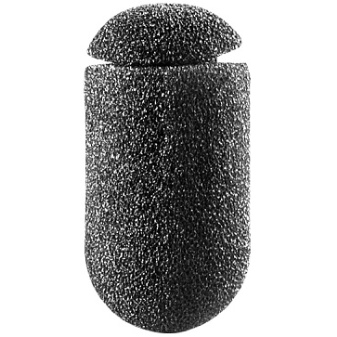
Appointment
The main purpose of the windscreen - filtering of sound interference. This inexpensive addition to the microphone provides a significant amount of sound clarity, even if the equipment is very expensive. Without a windscreen, it is impossible to get clear, live sound in the open air or make a professional sound recording of high quality sound.
The sensitive diaphragm of the microphone is exposed to harsh gusts of wind. Air currents hit the hard edges of the unprotected working microphone's input channels and create turbulence. There is a characteristic noise, whistle, "howling", the sound is distorted. In strong winds, if the microphone is operated for a long time, equipment damage may occur.
Protective covers "slow down" the air in front of the microphone and "take the blow".
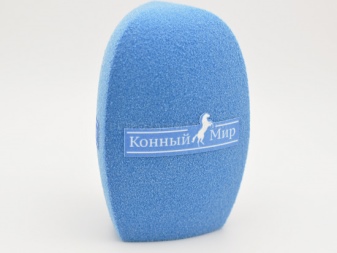
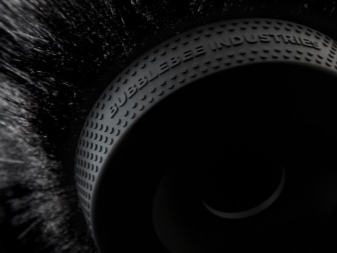
The windscreen of the microphone is also necessary when working indoors. In professional studios, during the recording, the sharp breathing of the performers when pronouncing some "plosive" consonants, first of all "b" and "p", creates a sound boom on the diaphragm of the device. The quality of the recording decreases, the negative effect disturbs the listeners. Using protection avoids such troubles.
It is worth noting that parts of expensive studio equipment need to be protected not only from the air. When working with a voice, an insignificant amount of the smallest drops of saliva is sprinkled from the mouth of the performer, the composition of which is not harmless for the highly sensitive elements of the microphone. Simple devices called pop filters help to cope with this problem. They are thin nylon microphone pads for indoor use They do not save you from the wind, but the sound quality is increased and the service life of the equipment is prolonged.

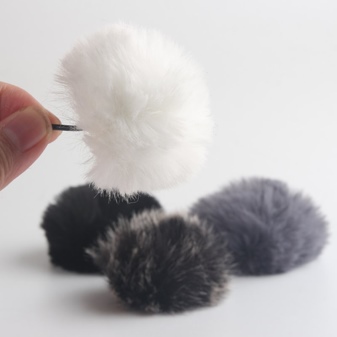
Manufacturing materials
In the production of windproof covers for microphones, sound-permeable materials are used to filter out extraneous noise and preserve useful sound signals without frequency distortion and without changing the timbre of the voice. Most often it is foam rubber and artificial fur.
Foam rubber
This is the most common universal option. Acoustic pores in the material provide original sound, reduce noise and avoid frequency distortion... The foam pad is ideal for indoor use, but when recording outdoors, it does not cope well with strong gusts of wind. The disadvantage is relative fragility, as the foam sponge begins to crumble over time.
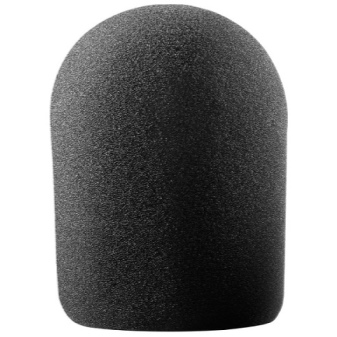
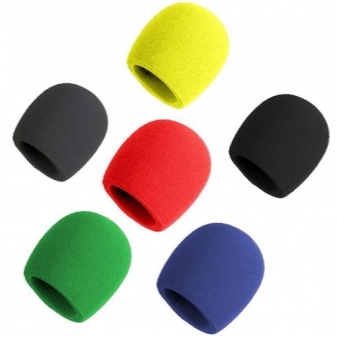
Artificial fur
Natural fur is not suitable, as it has a low-permeability leather base that can drown out sound signals. Fuzzy faux fur with a loose backing is used... The static electricity of the faux fur prevents the villi from adhering to each other and keeps them “fluffy”. The fur windshield effectively protects the microphone from strong air currents in open spaces. I must say that when a beautiful fur cover is put on the microphone, the accessory acquires additional aesthetics.
Sometimes in studios, protection made of a fine-mesh metal mesh is used, but such an accessory mainly protects against mechanical damage, and for high-quality preservation of the characteristics of speech and vocals, covers made of foam or fur are put on the microphone.
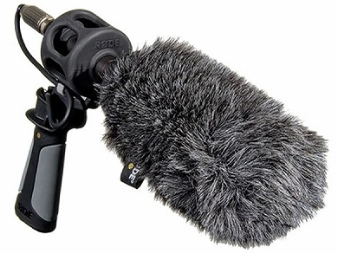
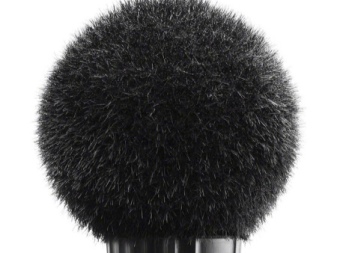
Features of use
To get the maximum effect from the windscreen, it is necessary to take into account the technical characteristics of a specific model where it will be used (indoors or outdoors), what will be recorded (speech, vocals, music). The accessory is required on almost all types of microphones: dynamic, studio, lavalier, vocal, gun microphones and others. The cover must be matched to the diameter of the microphone, fit snugly to the device and cover the membrane, otherwise there will be no effective protection against extraneous sounds. The walls of the cover should not exceed 1.5 - 2 cm in thickness.
Windscreen designed for outdoor conditions, ideally should have a water-repellent impregnation with a special composition... The performance of the microphone with such a cover will not deteriorate, even if it suddenly rains or sleeps during the performance. In addition to its direct purpose, windscreens on microphones are often used for advertising purposes - it is convenient to depict all kinds of logos of goods, companies, hits, etc. on it. Such advertising will simultaneously be seen by a large audience. Microphone windscreens aren't just necessary for professional sound engineers. In modern life, amateur recordings have become one of the favorite pastimes. They record concerts, corporate parties, family celebrations, outdoor events, while paying a lot of attention to the quality of the image and the purity of sound. Windscreening of microphones plays an important role in this process.
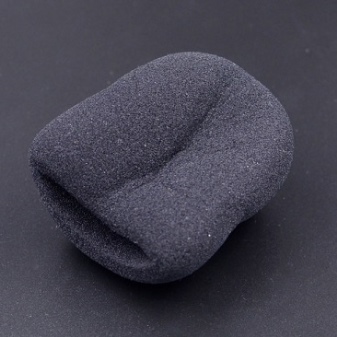

For information on why you need a microphone windscreen and which one to choose, see the next video.













The comment was sent successfully.